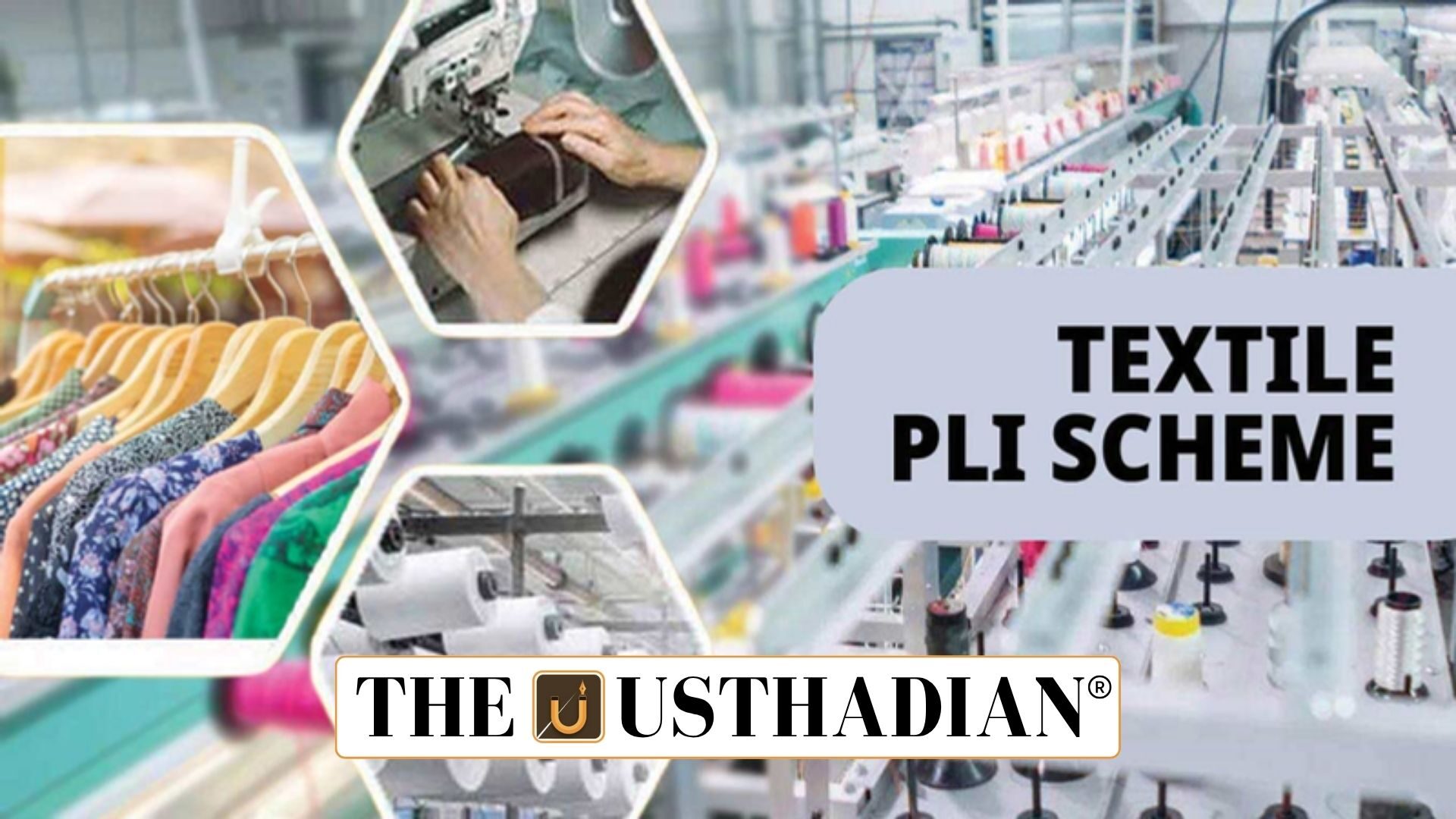Expanding the Scope of the PLI Scheme
Textile PLI Scheme Boosts India’s Manufacturing Competitiveness: The Ministry of Textiles has notified significant amendments to the Production Linked Incentive (PLI) Scheme for Textiles. These revisions aim to make the scheme more inclusive and accessible for investors. The expanded list of eligible products now covers a wider range of Man-Made Fibre (MMF) apparel, MMF fabrics, and Technical Textiles.
By broadening the product base, the government seeks to strengthen India’s position as a global hub for textile manufacturing. Static GK fact: The textile industry contributes around 2.3% to India’s GDP and employs over 45 million people, making it one of the largest employment-generating sectors in the country.
Lower Investment and Turnover Criteria
A key feature of the new amendment is the reduction in investment and turnover thresholds, enabling more medium and small-scale companies to participate. This move aims to decentralize production and promote regional textile clusters.
Static GK Tip: India is the second-largest producer of textiles and garments globally, after China. The relaxed eligibility norms are expected to attract more units from states like Tamil Nadu, Gujarat, and Maharashtra, which are major textile hubs.
Duration and Implementation Framework
The PLI Scheme for Textiles will operate from 2021 to 2030, with incentives payable for five years. The scheme encourages incremental production of high-value textile products while enhancing competitiveness in the global market.
Its implementation and monitoring are carried out by an Empowered Group of Secretaries (EGoS) constituted under the Department for Promotion of Industry and Internal Trade (DPIIT). This ensures a coordinated approach across ministries and departments.
Static GK fact: The Department for Promotion of Industry and Internal Trade (DPIIT) functions under the Ministry of Commerce and Industry, playing a crucial role in industrial policy formulation.
Focus on Innovation and Export Growth
By supporting Technical Textiles, the PLI scheme promotes high-end products used in sectors like healthcare, defense, agriculture, and construction. These textiles have high export potential and are central to India’s vision of becoming a global technical textile leader by 2030.
The inclusion of R&D-linked incentives encourages innovation and quality improvement across textile value chains. India’s focus on sustainability and eco-friendly manufacturing is also aligned with global trade trends.
Expected Economic and Employment Impact
The modified PLI scheme is projected to attract major domestic and foreign investments, boosting employment across textile clusters. It also aligns with ‘Make in India’ and ‘Atmanirbhar Bharat’ goals by encouraging value addition within the country.
Static GK Tip: India’s textile exports reached USD 44.4 billion in FY 2022–23, highlighting its growing importance in global trade. With PLI support, exports are expected to rise further through innovation-driven manufacturing.
Static Usthadian Current Affairs Table
Textile PLI Scheme Boosts India’s Manufacturing Competitiveness:
| Topic | Detail |
| Ministry | Ministry of Textiles |
| Objective | To promote MMF Apparel, MMF Fabrics, and Technical Textiles production |
| Scheme Duration | 2021–2030 |
| Incentive Period | 5 years |
| Implementing Body | Empowered Group of Secretaries under DPIIT |
| Key Amendment | Expansion of product coverage and reduction in investment criteria |
| Core Focus | Boosting domestic manufacturing and export competitiveness |
| Associated Initiatives | Make in India, Atmanirbhar Bharat |
| Major States Benefiting | Tamil Nadu, Gujarat, Maharashtra |
| Export Target | Enhanced global presence in Technical Textiles sector |








